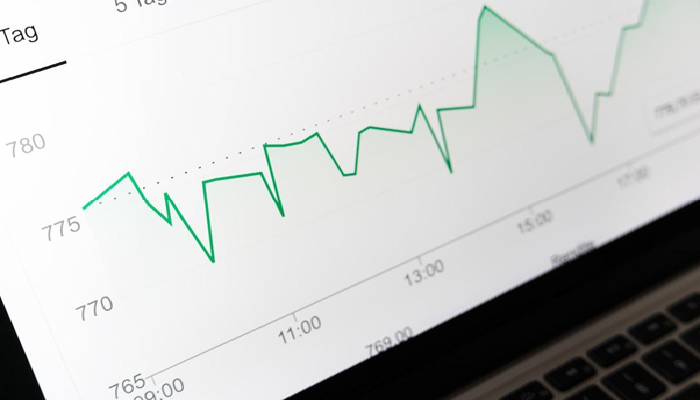Central to the art and science of data visualization is the humble line chart. These diagrams, defined by a simple series of data points linked by a line, have become an essential tool for conveying complex information in a digestible way. From meteorologists predicting weather patterns to financial analysts tracking market trends, there are various types of line charts and uses. In this article, we will delve into the diverse world of line charts and highlight the unique characteristics, applications, and strengths of each type.
Basic Line Charts
Let us start with the simplest and most common form: the basic line chart. Generally, this type of chart showcases a series of data points known as ‘markers’ connected by straight lines. By using the horizontal axis (x-axis) to represent time or a sequence of periods and the vertical axis (y-axis) to signify quantities, the basic line chart is perfect for visualizing changes in a variable over time. Its simplicity makes it widely applicable in multiple fields, from economics and science to sports statistics.
Although its simplicity is an advantage in terms of ease of understanding, care must be taken to interpret it correctly. For example, the line connecting the data points implies continuity and consistency between the points, which might not be the case with certain types of data. Hence, it is crucial to use basic line charts wisely, considering the nature of the data. Also, it is necessary to note that zero isn’t an automatic base for the y-axis, making interpretation a little tricky. A certain understanding of the nature of the data is thus crucial.
While being aware of its shortcomings, utilizing a basic line chart could yield powerful insights, provided it is used considering its principles. Drawing a basic line chart could be the first step to diving into the data and starting the process of analysis. Even with the rise of sophisticated data visualization methods, basic line charts continue to be a mainstay owing to their simplicity and effectiveness.
Multiple-Line Charts
The multiple-line chart is a data visualization that allows you to compare two or more data sets in one graph, illustrated as distinctly colored or styled lines. Suppose you’re a business analyst using time-series data to compare the sales trends of different products. A multiple-line chart can provide a clear representation for this purpose.
The strength of a multiple-line chart lies in its ability to unravel comparative insights at a glance. It’s like having several basic line charts combined into one. However, while it amplifies the quantity of information conveyed, it could fall into the trap of becoming too clustered and unintelligible if too many lines or categories are in play. So, discretion must be exercised in the number of categories incorporated.
It’s also important to ensure clarity in color distinction or line distinction for better readability. We need to acknowledge that there can be limitations posed by distinct colors for colorblind viewers, and hence, using varied lines (dotted, dashed, solid) could prove to be a more inclusive approach. Like any other graphical representation, it’s all about striking a balance between information dissemination and clarity.
Stacked Line Charts

The stacked line chart is another popular type of line chart. This version takes the multiple-line chart one step further by stacking different data sets on top of each other rather than displaying them separately. As a result, it gives not just the individual data trends but also the cumulative effect. This makes stacked line charts excellent for when you want to show the growth of a total quantity, like showing the total annual revenue of a company, while also showcasing its composition.
A point worth noting is the necessity to arrange the data sets in logical order to portray the total effectively. Misarrangement could lead to misrepresentation and, consequently, faulty conclusions. It’s also imperative to remember that while this type shows the total value stacked, it could be potentially misleading as individual section variations may get overshadowed by the total value.
Overall, irrespective of the complexity of the data at hand or the insights required, there’s a line chart suited to represent it. Sophisticated analysis and comprehensive understanding become achievable when one can harness the full power of these types of line charts. As they continue to evolve, their prime focus remains the same— to provide clear, insightful business data for effective, data-driven decision-making.
